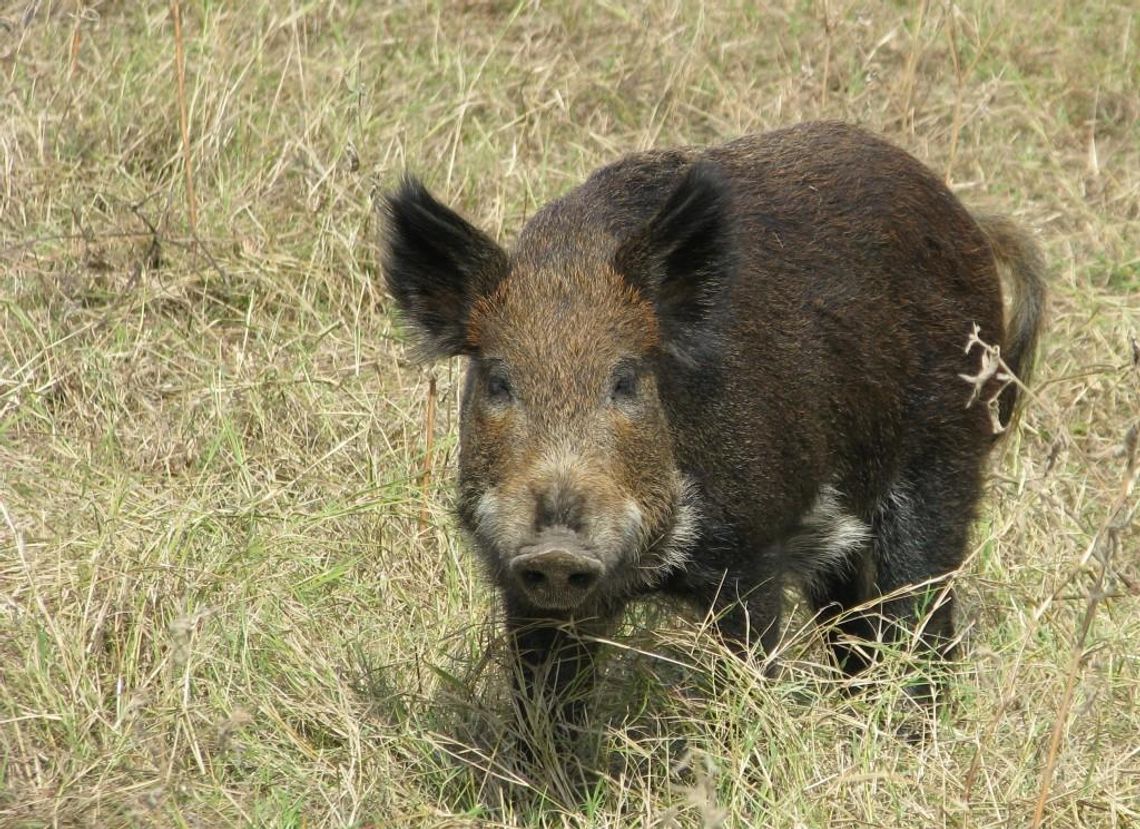Spring has arrived and with it, a renewed effort to eradicate damage inflicted on crops, lawns and pastures done by feral hogs.
Both Hays and Caldwell county have seen extensive damage from the hogs, which are responsible for upwards of a half million dollars in damage each year statewide. Texas is home to some 3 million of the hogs.
Yet the counties have taken different tacks on controlling their population. Caldwell County, as part of its Central Texas Feral Hog Task Force, is offering a bounty on feral hog tails. Hays, meanwhile, has concentrated on methods and equipment to trap the hogs as well as “aerial control services” for landowners.








